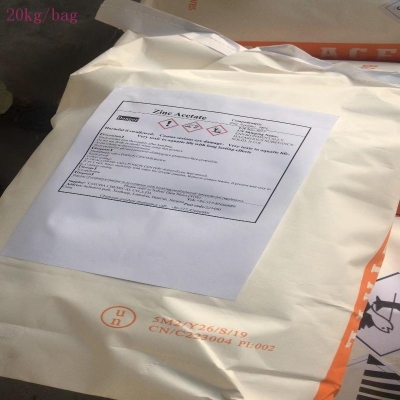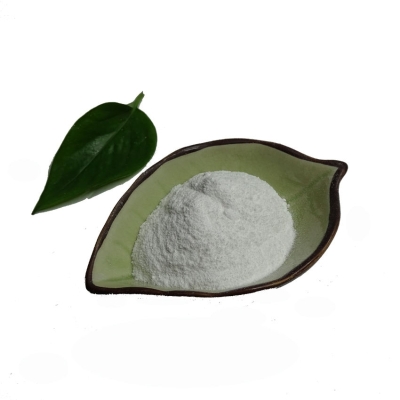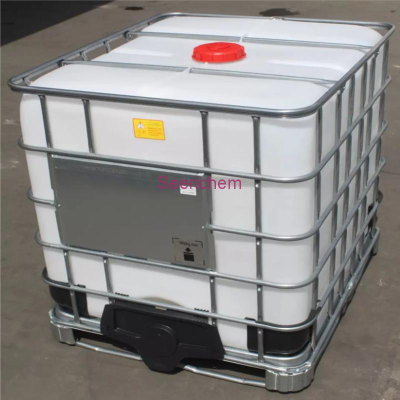-
Categories
-
Pharmaceutical Intermediates
-
Active Pharmaceutical Ingredients
-
Food Additives
- Industrial Coatings
- Agrochemicals
- Dyes and Pigments
- Surfactant
- Flavors and Fragrances
- Chemical Reagents
- Catalyst and Auxiliary
- Natural Products
- Inorganic Chemistry
-
Organic Chemistry
-
Biochemical Engineering
- Analytical Chemistry
-
Cosmetic Ingredient
- Water Treatment Chemical
-
Pharmaceutical Intermediates
Promotion
ECHEMI Mall
Wholesale
Weekly Price
Exhibition
News
-
Trade Service
After a brief period of optimism based on Indian purchases, the urea market has returned to a bearish mood.
Faced with limited demand in major import markets, urea prices have fallen again.
Although some exporters, especially those in the Middle East, rejected the lower quotations in April and early May, the Chinese exporters’ quotations in India were only US$216-217 (ton price, the same below).
The selling price is cheaper.
The long-awaited April bid by Egyptian producers finally landed last week, and the winning bid price has fallen below US$210 (FOB).
Low demand is undermining attempts to maintain prices in several key markets.
For example, the spot price of large granular urea at the Port of Nola in the United States fell to US$204 last week; Brazil imported more than 1.
9 million tons of urea in the first quarter, implying imports in the next few months.
Growth will slow; high inventories and low corn planting areas are reducing European import demand; India has purchased 1 million tons of urea from April to May and will no longer enter the market in the next 45 days; traders will do their best Can be shipped between the end of April and May.
There is no direct sign of improvement in the market for the time being.
At present, attention is focused on the Chinese market.
Everyone is waiting to see how far the price can go if the production cuts again.
It is understood that the average operating rate of China's 178 urea plants was 60%, which had dropped to 50% in December last year.
It is currently estimated that the FOB price of US$200 to US$210 will be sufficient to force some nitrogen fertilizer manufacturers in China to close.
However, after China's export products are withdrawn from the market, it is still uncertain whether the nitrogen fertilizer market can be restored from May to June.
It is expected that seasonal low demand will push prices in some regions below $200, which also means that buyers will continue to pay attention to timed purchases.
Faced with limited demand in major import markets, urea prices have fallen again.
Although some exporters, especially those in the Middle East, rejected the lower quotations in April and early May, the Chinese exporters’ quotations in India were only US$216-217 (ton price, the same below).
The selling price is cheaper.
The long-awaited April bid by Egyptian producers finally landed last week, and the winning bid price has fallen below US$210 (FOB).
Low demand is undermining attempts to maintain prices in several key markets.
For example, the spot price of large granular urea at the Port of Nola in the United States fell to US$204 last week; Brazil imported more than 1.
9 million tons of urea in the first quarter, implying imports in the next few months.
Growth will slow; high inventories and low corn planting areas are reducing European import demand; India has purchased 1 million tons of urea from April to May and will no longer enter the market in the next 45 days; traders will do their best Can be shipped between the end of April and May.
There is no direct sign of improvement in the market for the time being.
At present, attention is focused on the Chinese market.
Everyone is waiting to see how far the price can go if the production cuts again.
It is understood that the average operating rate of China's 178 urea plants was 60%, which had dropped to 50% in December last year.
It is currently estimated that the FOB price of US$200 to US$210 will be sufficient to force some nitrogen fertilizer manufacturers in China to close.
However, after China's export products are withdrawn from the market, it is still uncertain whether the nitrogen fertilizer market can be restored from May to June.
It is expected that seasonal low demand will push prices in some regions below $200, which also means that buyers will continue to pay attention to timed purchases.







